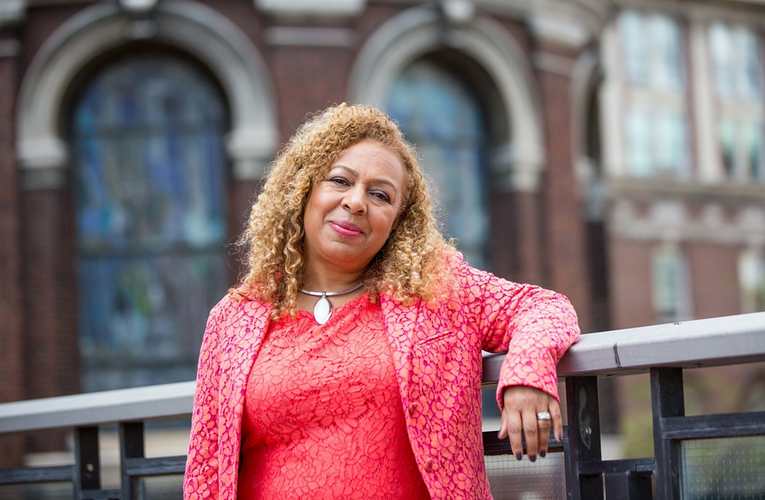With the announcement of this year’s MacArthur grant recipients came the effusive praise of one winner in particular: art historian Kellie Jones. Jones is known for spending her entire career diversifying art history as a subject, opening it up to focus on work by women and people of color. Speaking to Dayna Evans of The Cut she describes the lack of non-Western contemporary artists in early art history books, "They were Egyptians, they were Aztecs, they were Ancient Chinese people. There were no contemporary people. I thought hmm, this is not right.” Below, Jones gives some advice about working mindfully in the art world, in full via The Cut.
Take your eyes off your phone and go out to see art in person
Information can come out now much more rapidly. People can self-publish. You don’t have to wait to be backed by a big publishing house. Information has the potential to circulate quicker. You see the curatorial world really being more embracing because of this. But I would disagree about one thing, which is — for me, at least — the best way to experience art is in its presence. If you’re just consuming art in the digital form, I don’t think you’re getting the full impact of what art can be in your life. You really have to be around these things and go to galleries, go to art museums, go to parks. You can walk in New York and go down to see Martin Puryear’s “Big Bling” at Madison Square Park, which is fantastic. That’s really the way to experience art in the way artists wanted you to. Always try to be in the presence of art. You cannot just rely on it as a digital interface.
It’s easier to persevere if you enjoy the work
I never found anything so difficult that I would give up on this work. I enjoy it too much. You’ll find resistance to change everywhere and you just have to keep moving at it. People have been asking me a lot about resistance lately. I enjoyed the work so much that I kept working at it. I think a lot about the people who had come before me: If they could do something then I could, too. It’s about the work. You do the work. I would be doing this whether or not I got the award. I like to say that I’m kind of a boring person because I’ve been doing the same thing all these years, but the wonderful part is that I’m still very excited about it. I’m still very excited about the things I can say about history. The things I can say about artists now, how I can connect those histories. As long are you’re excited, there’s no problem.
Take the long view
In the ’60s, African-American artists, and other artists generally, were protesting at these museums to make them more open to the general public, which is why we have late nights now, it’s why we have free nights now. It’s because people protested. African American artists were protesting to be in these collections because they were taxpayers, too, because our artists were not represented. It took a while for us to get there, 40 years, but I think the change that people really wanted in those days, in the ’60s, has really come to bear now. It just shows you that you have to have the long view of history sometimes.
If you look at the history of the new National Museum of African American History and Culture, that’s been in process for 100 years. People never gave up. It started out as veterans of the Civil War who were saying, “We want a monument, too,” and it turned into a quest for a museum. Twenty years ago, Congressman John Lewis raised this and he never gave up. And now that museum is standing.
*Image of Kellie Jones via LA Times
